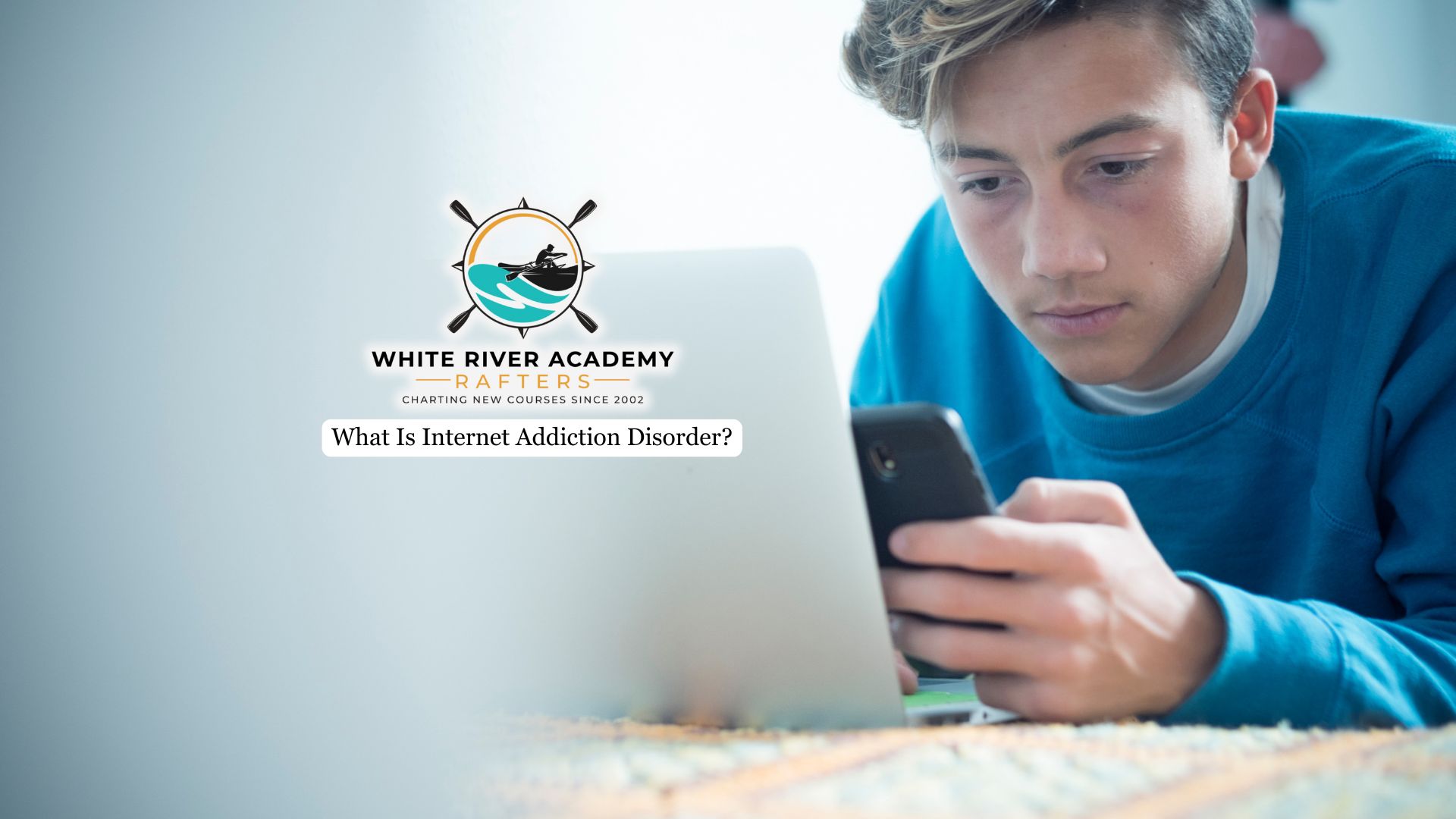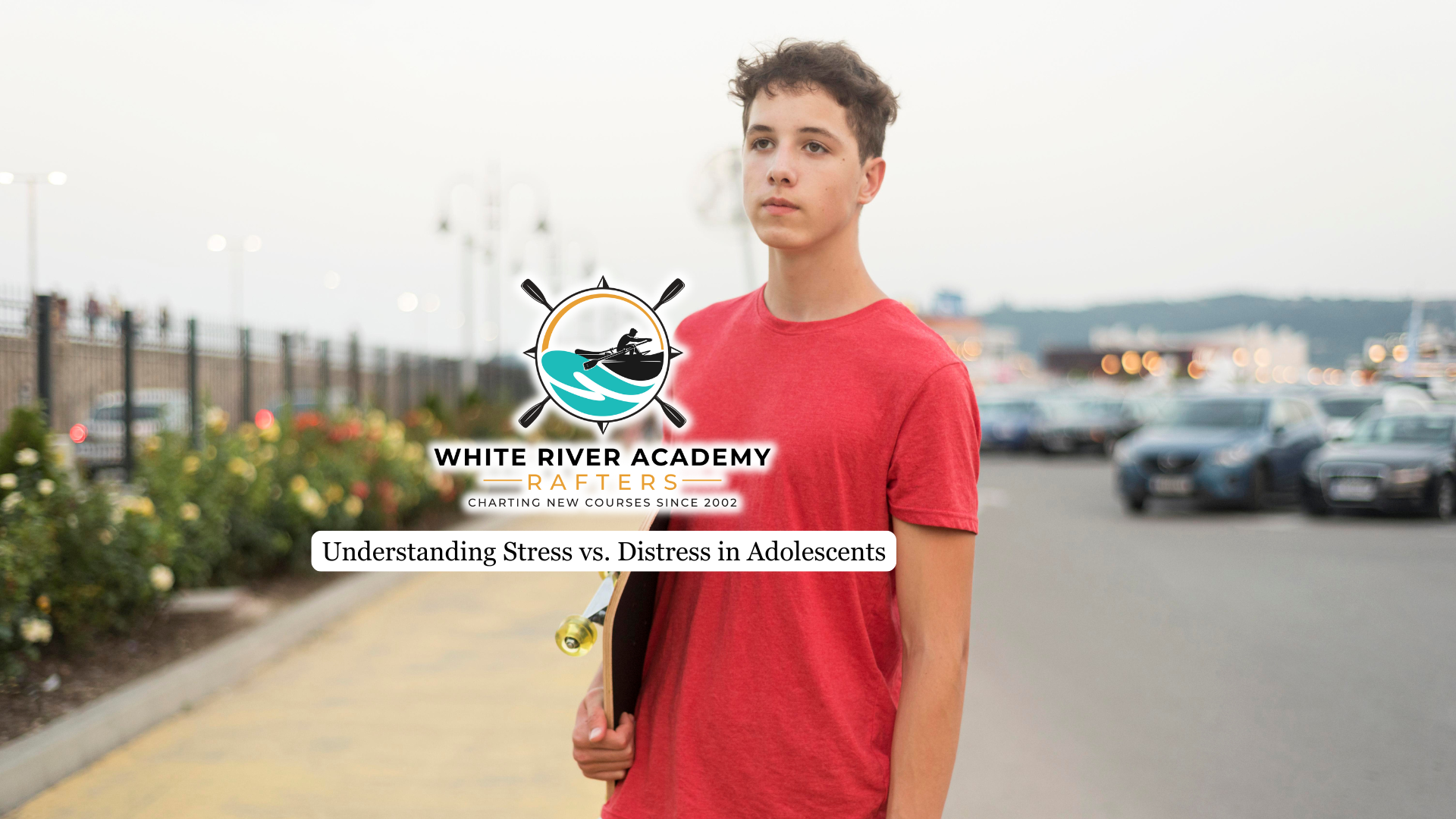Excessive internet use is increasingly common among adolescent boys. While moderate use can be part of daily life, persistent and uncontrolled online behavior that interferes with sleep, academic performance, or relationships may indicate Internet Addiction Disorder (IAD).
This article explains the clinical features of IAD, its connection to co-occurring mental health conditions, the different subtypes of internet overuse, and the treatment approaches available to help adolescents manage their digital habits in a healthy, balanced way.
Understanding Internet Addiction Disorder
Internet Addiction Disorder is characterized by persistent, uncontrollable online behavior, such as excessive gaming, social media use, or shopping, that continues despite negative consequences. Individuals with IAD often report emotional withdrawal when unable to go online, and their real-life relationships or productivity decline.
Recent meta-analyses suggest global prevalence among adolescents and young adults ranges between 20–30%. Underlying mental health conditions, like depression, anxiety, ADHD, or low self-esteem. For those seeking professional support, our comprehensive internet addiction treatment program for adolescent boys in Utah provides structured care that addresses both the behavioral patterns and the mental health challenges fueling compulsive internet use.
Types of Internet Addiction
Internet Addiction Disorder (IAD) can take on many forms, each with its own psychological drivers and consequences. Below are the most common subtypes of IAD, all of which can severely disrupt daily life and emotional well-being.
Social Media Addiction
One of the most prevalent forms of internet addiction is compulsive social media use. Driven by the fear of missing out (FOMO), loneliness, or a need for external validation, individuals may constantly refresh their feeds, chase likes, or compare themselves to others. Over time, this can lead to heightened anxiety, depression, and a distorted self-image. Real-life relationships often suffer as online interactions begin to replace in-person connections.
Internet Gaming Disorder
Recognized by the World Health Organization, internet gaming disorder involves excessive video game use that interferes with daily functioning. Gaming can become an escape from stress, trauma, or low mood, but prolonged engagement may lead to sleep deprivation, poor academic or job performance, and social withdrawal. This type is especially common among teens and young adults and is frequently linked with conditions like ADHD or emotional dysregulation.
Cybersex and Pornography Addiction
Cybersex addiction involves compulsive engagement with online sexual content, including pornography, chat rooms, or webcams. These behaviors can interfere with romantic and sexual relationships, trigger feelings of shame, and become a maladaptive coping strategy for emotional pain or boredom. Over time, it can contribute to intimacy issues and emotional isolation.
Online Gambling and Shopping Addiction
Online gambling and compulsive shopping are financially dangerous forms of internet addiction. Gambling addiction taps into the brain’s reward system much like stimulant drugs, often resulting in significant monetary loss and emotional distress. Compulsive online shopping, on the other hand, may be driven by temporary mood boosts that fade quickly, reinforcing a cycle of spending and regret. Both can lead to serious financial and relational consequences.

Information Overload
This lesser-known but increasingly common subtype involves the compulsive consumption of online content—news articles, videos, clickbait, and more. While it may appear harmless, information overload can impair concentration, increase anxiety, and prevent meaningful engagement with offline life. It’s often used as a distraction from stress, uncertainty, or unresolved emotional issues.
Warning Signs
IAD often develops gradually. You may no longer feel in control of your usage despite attempts to cut back. Physical signs like sleep disruption, eye strain, or neglect of hygiene may appear.
Emotionally, users describe irritability when offline and escalating anxiety without access to the internet. Relationships and work performance suffer as real-world engagement declines—mirroring cravings and cycle-based withdrawal seen in substance addictions.
Risk Factors and Mental Health Connections
Adolescents and young adults face elevated risk, especially those with ADHD, mood disorders, or social isolation. Poor self-regulation, impulsivity, and limited parental monitoring also increase vulnerability. Large-scale studies estimate nearly 50% of children show signs of compulsive phone or game use, and those patterns correlate with significantly higher risks of suicidal thoughts and mental distress.
Neuroimaging studies further reveal structural and connectivity changes in the brains of youth with IAD, particularly in areas governing memory and decision-making.
Treatment Options & Recovery Paths
Cognitive Behavioral Therapy for Internet Addiction (CBT-IA) is the most thoroughly researched and effective treatment method. This tailored therapy helps individuals restructure distorted thinking, develop self-control, and curb compulsive behaviors.
Group CBT, often combined with relapse prevention strategies, has shown strong results in reducing symptoms and improving overall mental health—especially among adolescents in structured programs. Emerging protocols pair CBT with modalities like rTMS, electro-acupuncture, or motivational interviewing for additional benefits in resistant cases.
Final Thoughts from White River Academy
What starts as casual screen time can quietly grow into something more disruptive—impacting your sleep, relationships, and emotional well-being. When online habits begin to interfere with real life, it’s a sign to pause and seek support.
At White River Academy, we offer a specialized internet addiction treatment program in Holden, Utah, helping teen boys overcome compulsive digital behaviors. Through structured therapy, emotional growth, and real-world reconnection, we guide individuals toward lasting balance—online and off.




